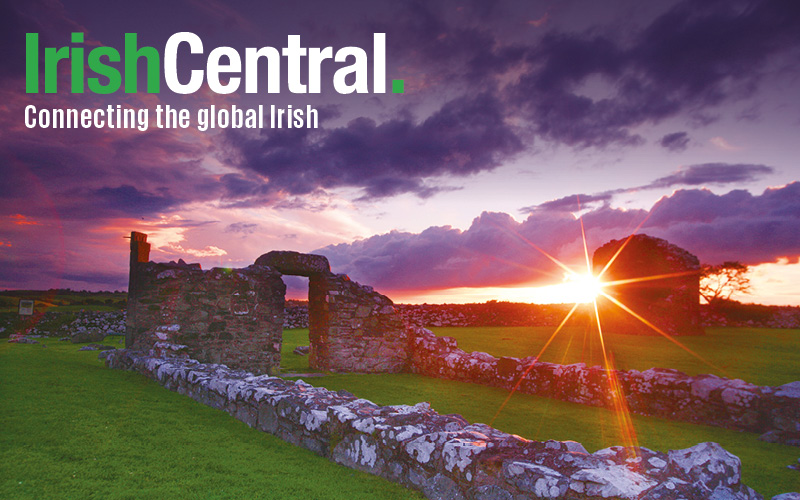Although today (Dec 21) marks the winter solstice, the shortest day of the year, when a beam of light should penetrate the passage tomb at Newgrange, in County Meath, Ireland’s weather had other plans. The Irish meteorological services reported “no sunrise” on a cold and rainy 'longest night of the year.'
Despite the weather, despite Met Eireann’s gloomy forecast, hundreds of people gathered at the neolithic tomb. On the bright side, while the northern hemisphere celebrates the shortest day of the year it is also the start of the sun’s steady annual climb towards the long days of summer.
The scene at #Newgrange this #solstice morning pic.twitter.com/Mi1jLsNIDp
— Richard Dowling (@richardowling) December 21, 2016
In Ireland the winter solstice is most closely associated with the 5,200-year-old mound tomb of Newgrange, in County Meath.
Spectacularly, the sophisticated ancient people built the tomb with such precision, aligning it with the rising sun, that at a certain moment on the shortest day of the year the inner-chamber of the tomb is flooded with light which enters through a “roof box” which is just 9.9 inches high. Newgrange was been built 200 years before the Pyramids of Giza in Egypt the achievement of Ireland's ancient people seems otherworldly.
Over five thousand years ago people were dependent on the harvesting of crops for survival, and so, the seasons and the sun were of crucial importance.
Professor George Eogan told the BBC, “They were a very sophisticated society with a sound economic base as they were able to divert a large number of people to the building of passage tombs...The ritual of the dead was very important in their lives and the site combines engineering, architectural and artistic skills."
This wonderful phenomenon was discovered by archaeologist, Professor Michael J O’Kelly in 1967. However, former State Archaeologist Michael Gibbons and his brother Myles have just released an article in the academic journal Emania saying that there is “not a shred of authenticity” and the famous lighting effect was “fabricated” during the reconstruction in the ‘60s.
The shortest day of the year lasts between 7½ and 8 hours in Ireland and Britain. However, due to the 24 Time Zones that divide the world some countries may experience the solstice on a different date or at a different time.
Tickets to witness the winter solstice inside the passage tomb at Newgrange are limited and issued on a lottery system. One can only imagine what it must be like inside when the laser beam of light shines through.
The word solstice is derived from the Latin word meaning “a sun standing still,” because the sun reaches its southern-most position from the Earth’s point of view and appears to stand still at the Tropic of Capricorn before reversing its direction.
Although the exact meaning and precision behind the magic of Newgrange has never been fully understood, the ancient people of Ireland were not the only civilization to celebrate the winter solstice. The Egyptians, Greeks and Romans all made offerings to gods as a celebration of the sun’s return. In fact, one of the most enduring celebrations is the ancient German festival of Yule when sacrifices were offered to the god Odin and the people enjoyed a great feast and party.
Although the Irish weather didn’t cooperate this year, there’s certainly a lot about Newgrange and the shortest day of the year to celebrate.




Comments